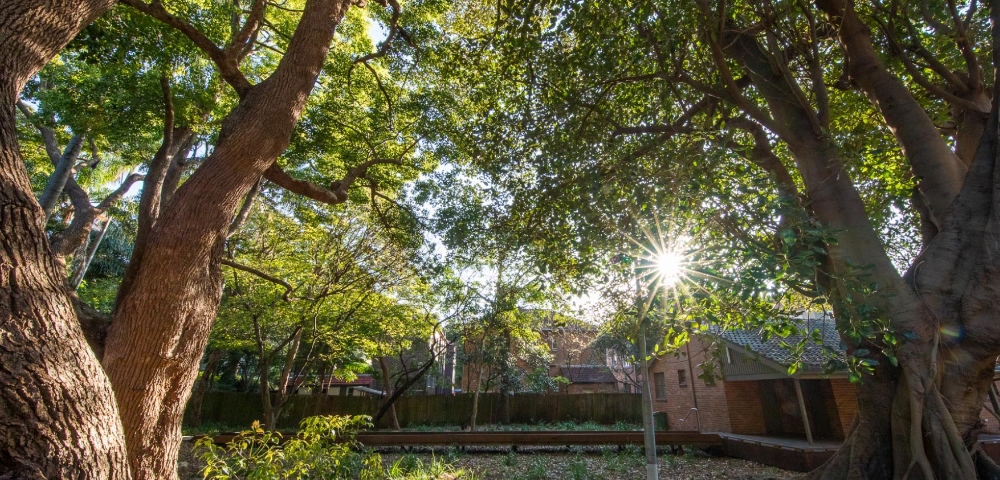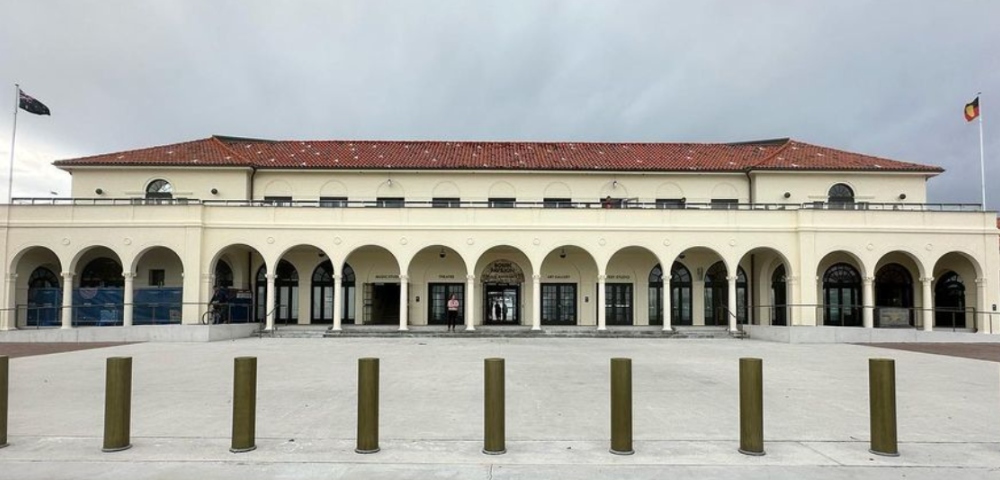
Double Bay at crossroads

By MERRILL WITT
The best areas of Sydney typically mix old with new and often demonstrate an intelligent repurposing of redundant buildings or tired precincts in ways that enliven and engage while still respecting heritage.
Sadly, more often than not, the preferred option is to tear down and replace. As a recent editorial in the Sydney Morning Herald lamented, “Sydney runs the risk of becoming just another bland city as the skylines fill with cranes and glass and concrete… In some cases, it’s almost a battle for the city’s soul.”
At the moment, the community of Double Bay are questioning how to save the “soul” or unique character of their upmarket harbourside shopping village from a redevelopment frenzy.
In the past few years developers have swooped in to buy up prime real estate in Double Bay’s most prestigious streets. Malcolm Young, vice president of the Double Bay Residents’ Association, says he’s been struggling to keep up with the influx of emails from community members concerned about the flood of inappropriate Development Applications (DAs).
A flood of inappropriate Development Applications
On leafy Cross Street alone, two six storey apartment buildings with ground floor retail are currently being constructed on the south side of the street. A DA for another six-storey apartment complex on a neighbouring site has been rejected twice by the Sydney Eastern City Planning Panel.
Woollahra Council recently released a preliminary design to replace the existing Cross Street carpark with an eight-storey building, which incorporates a boutique cinema complex of 10 screens, ground floor retail/community space, 86 apartments and 462 underground parking spaces. Four other major sites on Cross Street, two with development plans for six and seven storey residential developments, have either been sold or are on the market.
All of this new development heralds in a new phase in the comeback of Double Bay after a long period of stagnation, which started after the 2004 opening of the Westfield Centre in nearby Bondi Junction. But many people worry that the village-like atmosphere of the centre is at risk of being destroyed.
The Sydney Eastern City Planning Panel’s most recent rejection of the DA for a six storey, 21-unit apartment building at 28-34 Cross Street cited numerous community objections. They included a loss of commercial space, excessive height and bulk, traffic congestion, erosion of the village atmosphere of Double Bay, loss of character, lack of public amenity, loss of existing courtyard, and contrary to the successful invigoration of the Double Bay commercial centre.
The loss of courtyard space and erosion of village atmosphere run counter to the desired characteristics outlined in the Council’s 2016 Double Bay Public Domain Strategy, which lists “maintaining a strong emphasis on outdoor spaces, outdoor activities, street life and the pedestrian experience” among its objectives.
Erosion of village atmosphere
In the past, Woollahra Council has successfully delivered character-sympathetic projects that have led to the ‘successful invigoration’ of the commercial centre. A public-private partnership created the popular Kiaora Place redevelopment, which opened in 2016 and features a pedestrian-only shopping mall, busy outdoor cafes, a state-of-the-art library and an upmarket Woolworths supermarket with undercover parking.
But in recent years, the Council has been forced to look at ways to meet ambitious, state government-imposed targets for new housing. According to the current Mayor, Mark Cavanaugh, it must also find more revenue streams and seek out public private partnerships to “provide valuable community facilities at minimal cost to our community.”
Double Bay’s Residents First Councilor, Mark Silcocks, believes that the pressures on Council, whether real or perceived, have made it too willing to approve DAs that undermine the desired character and amenities of Double Bay. “For whatever reason,” he says, “the previous council approved breaches for height controls in excess of four storeys that went against staff recommendations and ignored the objections of many residents and resident organisations.”
Development approval for the two six storey apartment buildings sets a worrying precedent. The Council is at a crossroads about the kind of development it wants to promote.
Alarmingly, all of the recent construction on Cross Street has reportedly led to the departure of 200 office workers and caused the lowest retail trading levels in decades, according to Sydney East Business Chamber chair Katherine O’Regan.
In response, the Council has changed regulations to ensure that commercial and office spaces are not sacrificed for more profitable apartments.
Councilor Silcocks also believes that Double Bay’s shallow water table and acid sulphate soils may force developers to reconsider their plans to build expensive basement parking.
Perhaps time has not yet run out to meet one of the most important objectives in the Council’s 2015 document, Key Strategies for Double Bay: “to ensure that new development is compatible with the existing built, streetscape and village.”









